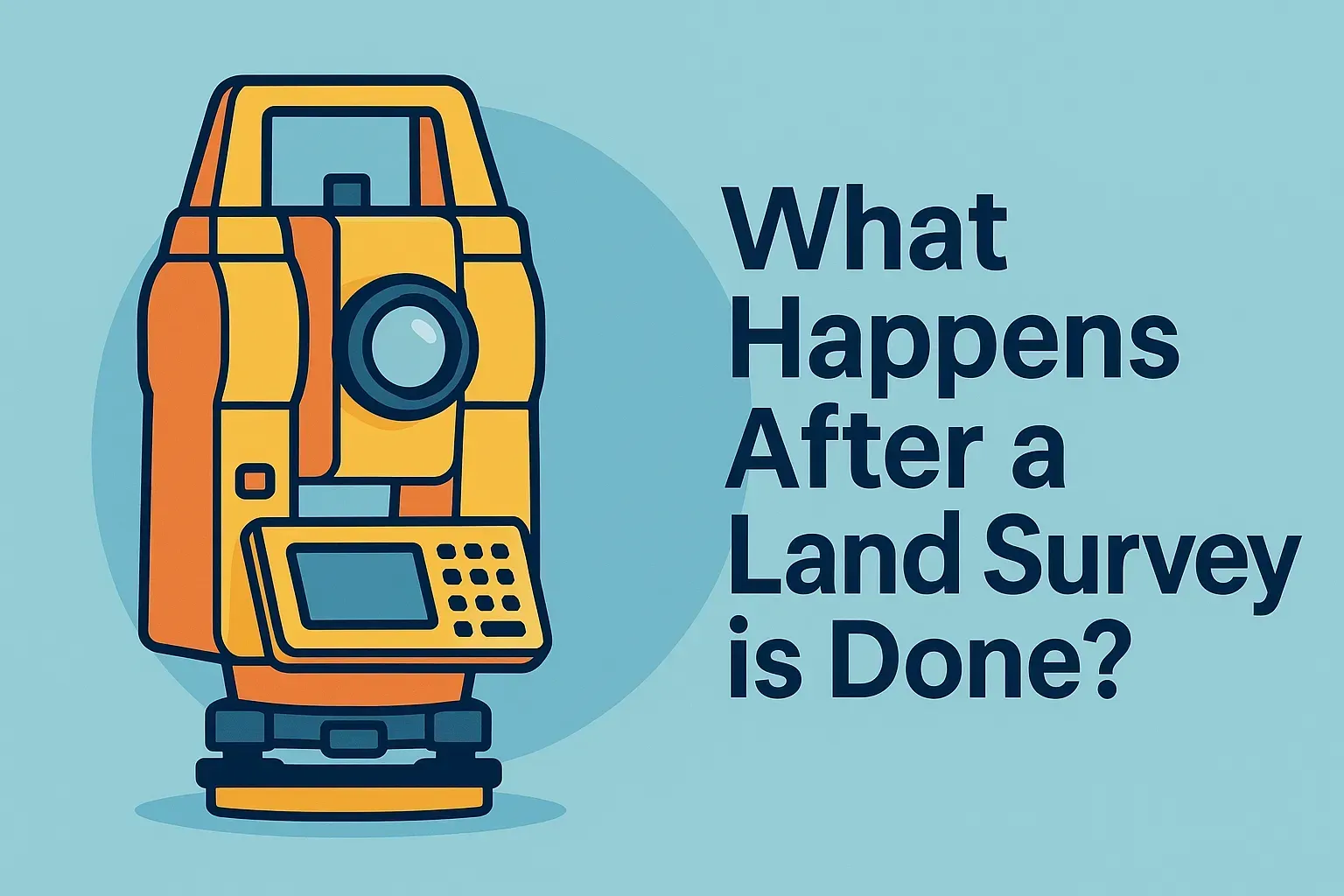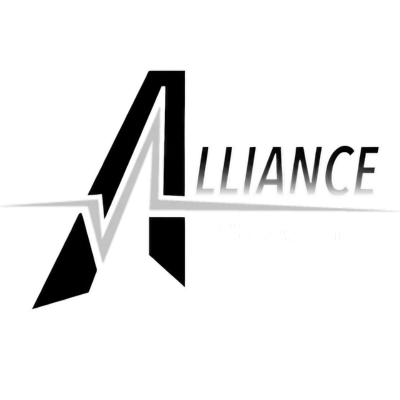
What Happens After Your Land Survey Is Done?
Once your land survey is complete, you’ll receive a comprehensive survey report and plat drawing detailing your property’s boundaries, easements, setbacks, and any encroachments. Here’s what to expect next:
1. Review of Survey Documents
Carefully examine the survey plat, legal description, and any notes. Confirm that boundary lines, corner markers, and easement locations match your expectations and deed records.
2. County Filing & Recordation
If required for your project or local regulations, you or your surveyor may file the survey plat with the county recorder’s office. This officially records the new or updated property lines.
3. Permitting & Design
Architects, engineers, and builders use the survey data to prepare site plans, obtain building permits, and begin construction staking. Knowing exact boundaries and topography helps avoid costly redesigns.
4. Fence & Improvement Placement
Contractors and homeowners reference the survey to install fences, driveways, pools, or additions. A fence survey ensures structures stay within legal setbacks.
5. Resolving Disputes & Title Issues
If there are discrepancies or disputes, survey results serve as legal evidence to negotiate with neighbors, title companies, or municipal authorities.
6. Ongoing Reference & Future Surveys
Keep your survey documents on file. Future projects—such as additional improvements or property sales—will reference this baseline survey. If changes occur, request an as-built survey to update records.
Questions About Your Survey?
Contact Alliance Land Surveyors for help interpreting your survey or planning next steps.

